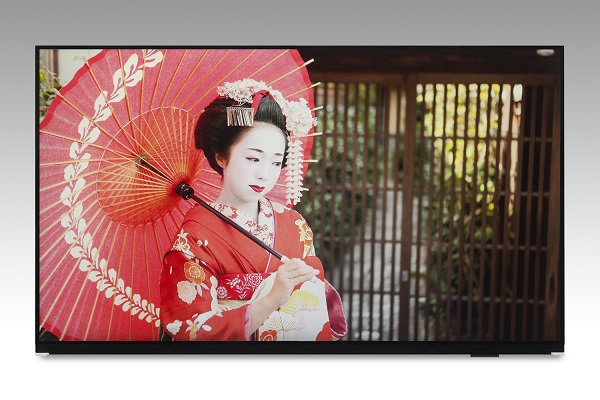Even though Japan Display has temporarily solved its fundraising deadlock with the aid from a state-backed company in the OLED panel sector, the outlook remains uncertain and there are still challenges ahead before mass production, reported Nikkei Asian Review.
The Apple display supplier announced Wednesday it received 75 billion yen (US $637 million) financial assistance from Innovation Network Corp. of Japan (INCJ), a public-private partnership that has a 36% stake in Japan Display.
 |
|
Japan Display's 13.3-inch 4K2K LTPS LCD for notebooks. (Japan Display/LEDinside) |
The company raised 45 billion yen of funds through convertible bonds and 30 billion yen via subordinated bonds, in which some of it will be invested in JOLED, an OLED venture stemming from a merger of operations between Panasonic and Sony, into the subsidiary.
"By bringing together the human assets and capital of the Japan Display and JOLED, we can make a big stride forward," Mitsuru Homma, chairman and CEO of Japan Display, told reporters in Tokyo.
By the end of 2017, Japan Display will acquire 36% of JOLED from INCJ, which currently holds 75% stake in the company. The resulting share transaction will increase Japan Display’s share in JOLED from 15% to 51%. Panasonic and Sony respectively each hold a 5% share in the organization.
Investing in the OLED venture would expand Japan Display’s panel portfolio range to include finished-product manufacturers. Japan Display will prioritize HD LCD panel manufacturing for smartphones, automotive, and computer applications, while JOLED is focused on making mid to large-sized OLED panels. Together the companies will be able to expand their client base.
"We can expand the business domain to medium-size panels and future-generation large panels, which Japan Display doesn't cover," Homma said.
The Nikkei report warned though Japan Display’s growth strategy might be founded on optimistic assumptions.
JOLED is developing low-cost printing methods to apply LEDs to produce OLED panels, which would make it the first venture to commercialize this technology.
However, there are many obstacles preventing the company from propelling from prototype stage to mass production. Even though Japan Display executives assured they were making progress in mass production, JOLED’s pilot production OLED facility opened only in September.
Even Korean players Samsung Electronics and LG Display that have invested massive funds in OLED technology for long periods are still overcoming yield rate issues for OLED panels.
Moreover, Japan Display is creating a vapor deposition method for making OLED panels for smartphone screens. Utilizing two technologies in the pipeline complicates the decision process of resource investments.
Japan Display will prioritize cash flows and seeking joint investments with customer companies to build mass production lines, said Homma. However, it also indicates it will be directly affected when customer product sales drop, leading to lower operating rates, analyzed Nikkei.












